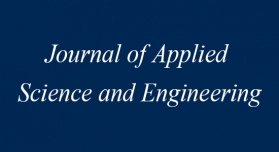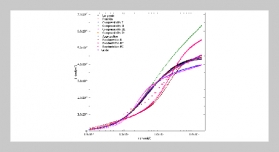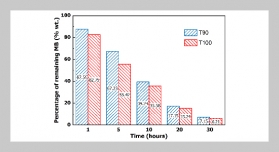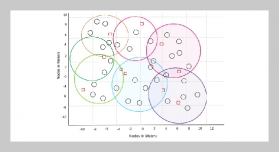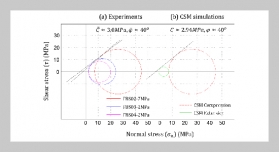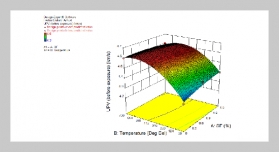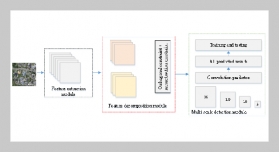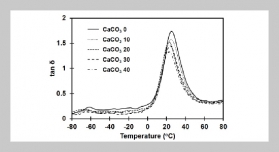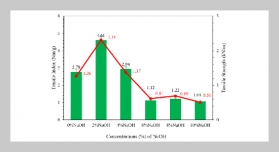Yi-Gang Cen1,2, Rui Xin1,2, Xiao-Fang Chen This email address is being protected from spambots. You need JavaScript enabled to view it.3, Li-Hui Cen3 , Ming-Xing Hu4 and Shi-Ming Chen5 1Institute of Information Science, Beijing Jiaotong University, Beijing, 100044, P.R. China
2Beijing Key Laboratory of Advanced Information Science and Network Technology, Beijing 100044, P.R. China
3School of Information Science and Engineering, Central South University, Hunan, Changsha 410083, P.R. China
4Centre for Medical Image Computing, University College London, UK
5School of Electrical and Electronic Engineering, East China Jiao Tong University, Jiangxi, Nanchang 330013, P.R. China
Received:
December 17, 2010
Accepted:
February 15, 2011
Publication Date:
September 1, 2011
Download Citation:
||https://doi.org/10.6180/jase.2011.14.3.05
It is now well-known that one can reconstruct sparse or compressible signals accurately from a very limited number of measurements. This technique is known as “compressed sensing” or “compressive sampling” (CS). A basic requirement of CS is that a signal should be sparse or it can be sparsely represented in some orthogonal bases. Based on the Peak Transform (PT) and modulus maximum of wavelet coefficients, a new algorithm was proposed for the signals that are non-sparse themselves and can not be sparsely represented by wavelet transform such as the Linear Frequency Modulated signal. According to this algorithm, K-sparse wavelet coefficients can be obtained. For the peak sequence produced by the Peak Transform, value expansion approach of reversible watermarking is exploited such that the peak sequence can be embedded into the measurements of the signal, which avoids increasing additional points for transmission. By using the Peak Transform and modulus maximum, non-sparse wavelet coefficients can be transformed into K-sparse coefficients, which improves the reconstruction result of CS. Simulation results showed that our proposed algorithm achieved better performance comparing with the original CS algorithm.ABSTRACT
Keywords:
Compressed Sensing, Sparse Representation, Peak Transform, Modulus Maximum, Wavelet Transform
REFERENCES
![The configuration of RoboCup soccer field for humanoid kid-size. (a) for 2007 [3], (b) for 2008 [4] and 2009 [5]. Signal Sparse Representation Based on the Peak Transform and Modulus Maximum of Wavelet Coefficients](/images/article_images/14/14_3_05.jpg)
